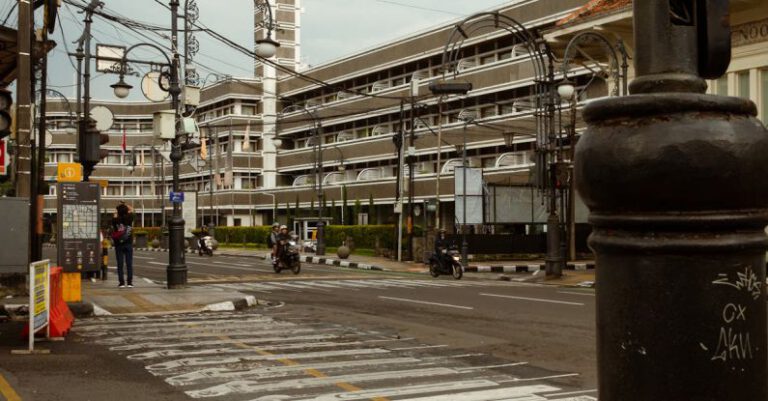Are Art Festivals Accessible to International Travelers?
Art festivals around the world are vibrant celebrations of culture, creativity, and community. They provide a platform for artists to showcase their work, offer a diverse range of experiences for attendees, and attract visitors from near and far. For international travelers, attending art festivals can be a unique way to immerse oneself in the local arts scene and gain insights into the cultural heritage of a particular destination. However, the accessibility of art festivals to international travelers is a crucial factor to consider when planning a trip. From logistical challenges to cultural barriers, there are several aspects to explore to determine if art festivals truly cater to the needs and interests of international visitors.
**Diversity of Offerings**
One of the key factors that determine the accessibility of art festivals to international travelers is the diversity of offerings. Art festivals that feature a variety of art forms, such as visual arts, performing arts, music, and literature, are more likely to appeal to a broad audience. International travelers often seek out festivals that provide a well-rounded experience, allowing them to explore different aspects of a destination’s artistic landscape. Festivals that showcase traditional and contemporary art forms, as well as local and international artists, can offer a rich and immersive experience for visitors from different cultural backgrounds.
**Language and Communication**
Another important aspect of accessibility for international travelers is language and communication. Art festivals that provide information, schedules, and guided tours in multiple languages can make it easier for visitors who may not be fluent in the local language to navigate the event. Clear signage, multilingual staff, and translation services can enhance the overall experience for international travelers, enabling them to fully engage with the festival’s programming and activities. Effective communication also extends to promotional materials and online resources, which should be easily accessible and informative for visitors from diverse linguistic backgrounds.
**Logistical Considerations**
Logistical considerations play a significant role in determining the accessibility of art festivals to international travelers. Factors such as transportation options, accommodation availability, and ticketing processes can impact the convenience and feasibility of attending a festival from abroad. Festivals that are located in well-connected cities with a range of accommodation options, including budget-friendly choices, are more likely to attract international visitors. Additionally, flexible ticketing options, such as day passes and discounted rates for early bookings, can make it easier for travelers to plan their visit and budget accordingly.
**Cultural Sensitivity and Inclusivity**
Cultural sensitivity and inclusivity are essential aspects of making art festivals accessible to international travelers. Festivals that embrace diversity, promote cross-cultural exchange, and respect the traditions and customs of different communities are more likely to create a welcoming environment for visitors from around the world. Programming that highlights a variety of cultural perspectives, fosters dialogue and understanding, and showcases the unique heritage of the host destination can enhance the experience for international travelers. Inclusivity also extends to accessibility for visitors with disabilities, ensuring that the festival venue and activities are designed to accommodate diverse needs.
**Exploring Art Festivals as a Gateway to Cultural Exchange**
Art festivals have the potential to serve as a gateway to cultural exchange and mutual understanding among international travelers. By providing a platform for artists from different backgrounds to share their work, fostering connections between local communities and global audiences, and promoting creativity and innovation, art festivals can play a significant role in bridging cultural divides and fostering a sense of unity and connection. For international travelers, attending art festivals can offer a unique opportunity to engage with the artistic heritage of a destination, connect with local artists and art enthusiasts, and gain new perspectives on the world.
In conclusion, the accessibility of art festivals to international travelers is a multifaceted issue that encompasses diverse considerations, ranging from the diversity of offerings to logistical considerations, language and communication, cultural sensitivity, and inclusivity. By addressing these aspects and creating an inclusive and welcoming environment for visitors from around the world, art festivals can enhance the experience for international travelers and serve as a vibrant platform for cultural exchange and exploration.
![Art Festivals - THEYYAM [ Vasoorimaala ]](https://www.thedemandingtraveler.org/wp-content/uploads/2024/03/image-87.jpg)





